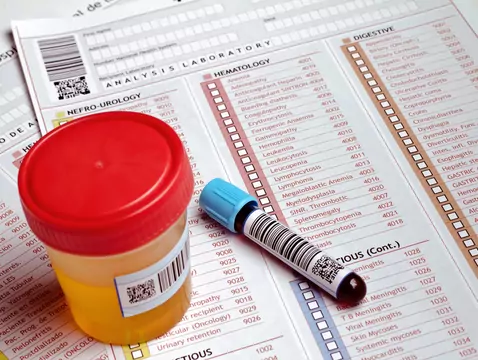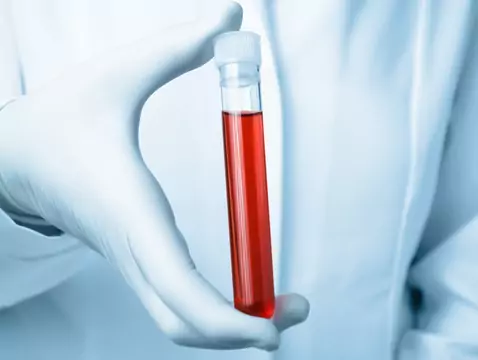Helicobacter pylori was discovered by accident, only in the 1980s. It turns out that more and more patients are presenting to their doctor with symptoms that resemble those caused by H.pylori . Is this inconspicuous bacterium likely to become the most commonly diagnosed bacterium of the 21st century?
Routes of infection and treatment
H.pylori infection occurs through the oral route - by using the same utensils and cutlery as the patient, drinking from the same bottle. As some researchers speculate, a possible route of infection is the faecal-oral route, associated, for example, with not washing hands after using the toilet. Available treatments include a long-term process of taking medication to weaken and eventually eradicate the H.pylori bacteria. The most common current treatments include :
- Use of medications that act as a proton pump inhibitor ,
- Use of blocker drugs,
- Use of antibiotics - amoxicillin, metronidazole, clarithromycin.
Diagnostics
Non-invasive tests that can be performed in the laboratory are currently used to detect H.pylori . These include :
- Test for the presence of antibodies, directed against H.pylori performed from the blood,
- Urease production test - the patient is given a special liquid to drink with an isotope that is broken down in the stomach by H.pylori bacteria. After a certain period of time, it is tested whether there is an isotopically labelled element in the exhaled air - if so, we say that the test came out positive and the person is infected with H.pylori.
Invasive methods used to assess the appearance of the gastric mucosa include gastroscopy in combination with biopsy - the spill taken for examination is assessed and tested to see if it has been affected by H.p ylori.
Diet of patients diagnosed with Helicobacter
Maintaining an adequate diet, is one of the basic elements of treatment. As the bacterial infection can produce symptoms such as heartburn, indigestion and hyperacidity, it is important to eat foods that reduce these symptoms. It is recommended to consume herbs with anti-inflammatory properties to help relieve unpleasant discomfort. Interestingly, it is recommended to drink green tea, which contains a lot of antioxidants. Patients should avoid eating large, heavy portions - they should opt for smaller meals, but at relatively equal intervals. The diet should include broccoli, cauliflower and Brussels sprouts, which are known for their antibacterial properties. It is also worth including garlic, cinnamon, thyme, ginger, turmeric and cranberries in the menu. The consumption of coffee, strong tea, alcohol, fried, hard-to-digest, spicy, smoked and cured food is not recommended.









